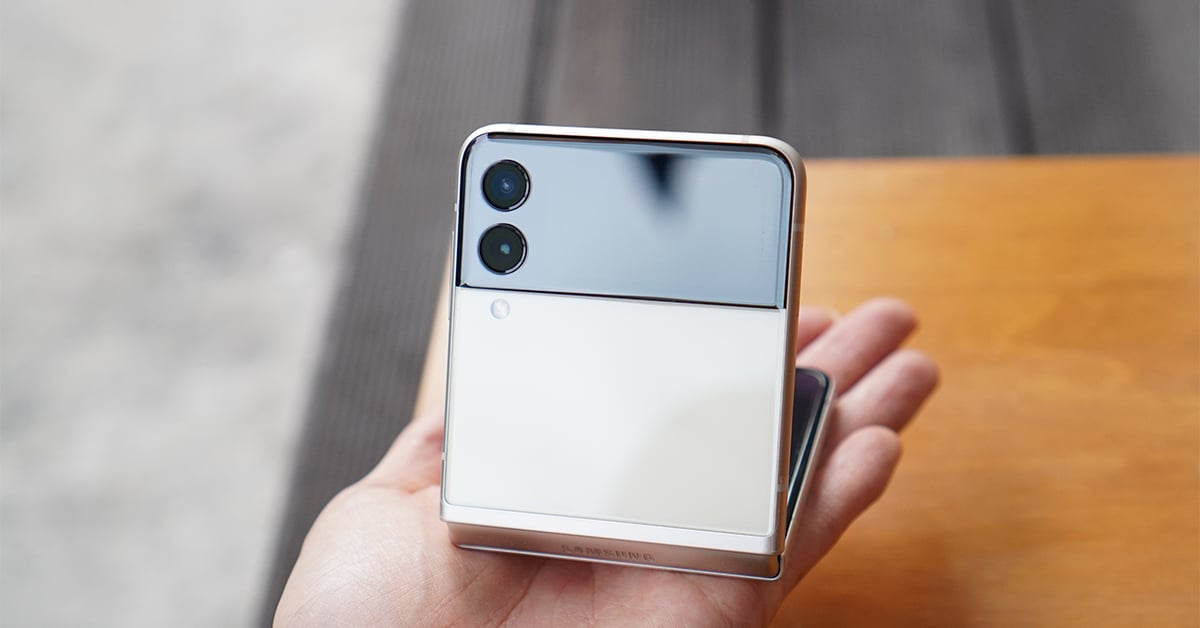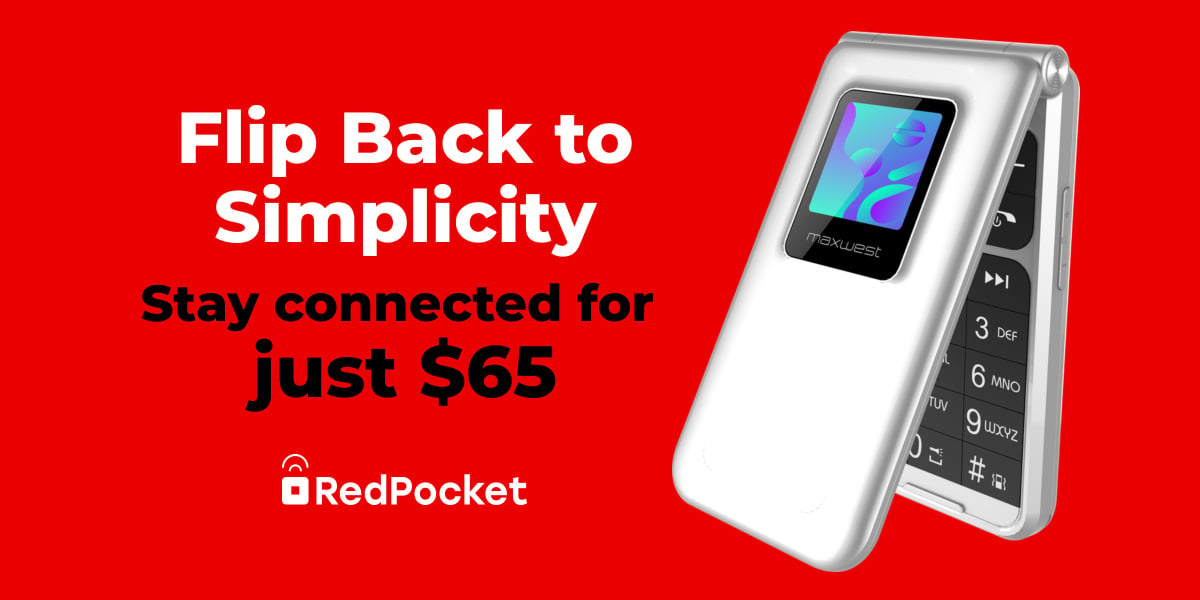Foldable Phones: Fad or the Future of Mobile?

A few years ago, foldable phones seemed like a futuristic concept. Today, they’re very real—and increasingly common. But are foldable phones here to stay, or just a flashy trend? Let’s take a look at the rise of foldable devices, how they work, and who benefits most from their unique form factor.
The Rise of Foldable Phones
The first major wave of foldable phones began around 2019, with brands like Samsung, Huawei, and Motorola introducing models that featured flexible OLED displays. These devices promised the best of both worlds: a compact form factor that could expand into a tablet-sized screen for productivity and entertainment.
Since then, foldables have improved dramatically:
-
Durability has increased thanks to better hinge mechanisms and tougher ultra-thin glass.
-
Software has adapted to support multitasking and resizable apps.
-
Prices have gradually decreased, though they still tend to cost more than traditional smartphones.
Are Foldables a Fad?
Some see foldable phones as a niche luxury item, but market trends suggest otherwise:
-
Global shipments of foldables are projected to reach over 30 million units in 2025.
-
Major players like Google and OnePlus have joined the foldable space, indicating long-term investment.
-
Consumer interest continues to grow as features become more practical and price points more accessible.
Like any new tech, adoption will take time, but foldables are showing signs of becoming a permanent part of the mobile ecosystem.
Who Are Foldables Best For?
Foldables aren’t for everyone, but certain users benefit most:
-
Multitaskers – Those who love split-screen apps, drag-and-drop functionality, or using their phone as a mini-laptop.
-
Content Consumers – Foldables provide a bigger, more immersive screen for watching videos, reading, or gaming.
-
Productivity-Focused Users – Professionals who want portability without sacrificing screen real estate.
-
Tech Enthusiasts – Early adopters who value innovation and want the latest hardware experience.
What’s Next for Foldable Tech?
The future looks promising:
-
More affordable models are expected as production costs go down.
-
Improved battery life, durability, and app optimization will make foldables more appealing to the mainstream.
-
Innovations like rollable screens and tri-fold designs are already being developed.
Final Thoughts
Foldable phones are no longer just a novelty—they’re an evolving category with real potential. While they may not be the perfect fit for everyone today, rapid innovation suggests they’re more than just a passing trend.
Whether you use a foldable or a classic smartphone, RedPocket Mobile has a plan to fit your needs. Get flexible, affordable coverage on your favorite device today!

